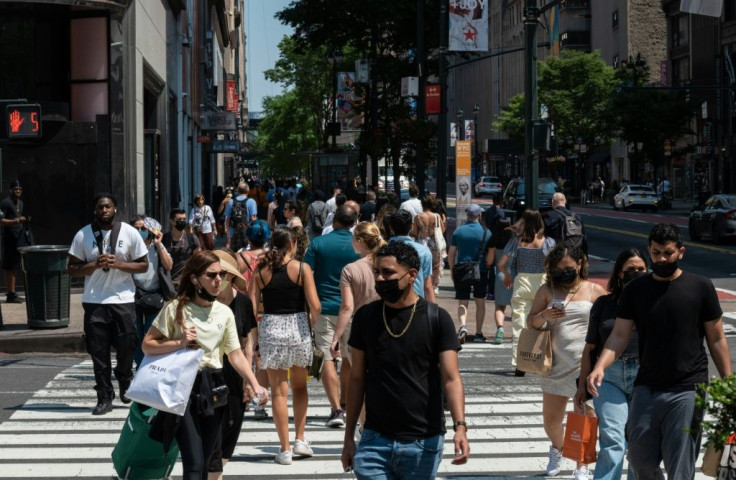US Retail Sales Drop 1.3% In May: Govt
US retail sales fell 1.3 percent in May, the government said Tuesday, with consumers pulling back from spending on an array of goods as the world's largest economy recovers from the pandemic.
The decline was more than double the median forecast, and reflected sharp drops in everything from building materials to electronics to motor vehicles, according to the Commerce Department data.
Government stimulus payments approved last March caused a retail sales boom that month, and the data revised April's reading from initially being flat to showing 0.9 percent growth.
"We expect the underlying upward trend in core sales to re-emerge (in June) as the drag from the end of the stimulus payments fades and the continued reopening persuades people to start running down some of their huge pile of accumulated savings," Ian Shepherdson of Pantheon Macroeconomics said of the May data.
Despite the contraction in spending, the report shows key sectors growing strongly in May from the slumps seen a year ago when the Covid-19 pandemic forced businesses shut and pushed consumers to reprioritize spending.

Clothing and accessory sales were up more than 200 percent from May 2020, while sales in food and drinking outlet had risen 70.6 percent from a year ago.
But as Covid-19 vaccinations allow normalcy to return, month-on-month data shows consumers changing their habits again.
Motor vehicles and parts fell 3.7 percent, electronics and appliance stores lost 3.4 percent and building materials, gardening equipment and supplies dropped 5.9 percent.
Clothing sales climbed three percent, food services and drinking places rose 1.8 percent and department stores gained 1.6 percent despite a 3.3 percent slump in general merchandise stores overall.
"Stronger demand for services on reopening should provide support to household spending in" the second quarter, Rubeela Farooqi of High Frequency Economics said.
"But it is still unclear momentum can be sustained beyond the reopening even as job growth restores incomes, but savings diminish and fiscal support expires."
© Copyright AFP 2024. All rights reserved.







